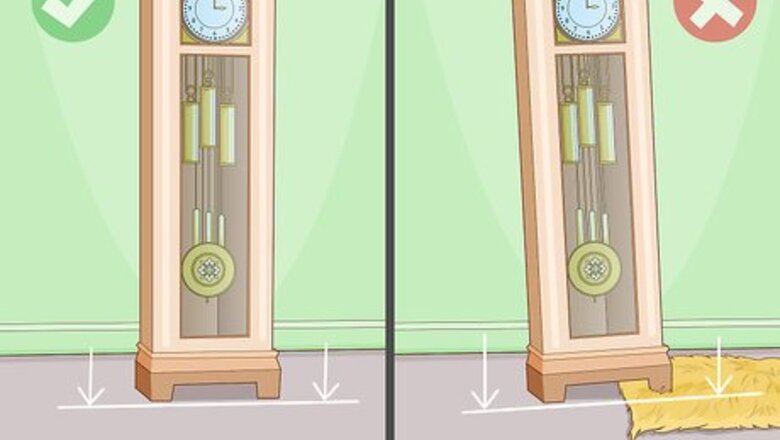
views
Setting the Time on a Grandfather Clock
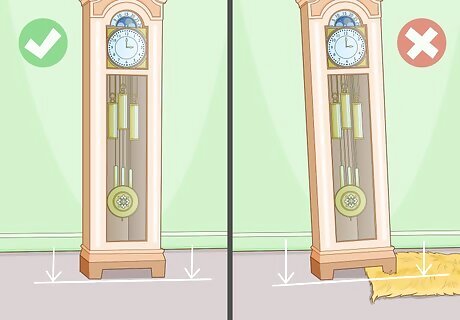
Place your clock on a level surface. Grandfather clocks rely on gravity to keep accurate time. If your clock is on a surface that tilts it in one direction, this will throw off the timekeeping mechanisms. Try adjusting your carpet or bringing the clock away from the wall. Use a carpenter's level by placing it on top of the grandfather clock. If the bubble is at the center, your clock is on a level surface.
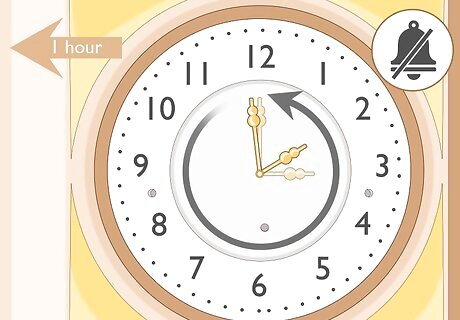
Rotate the minute hand counterclockwise to avoid playing the melody. Most grandfather clocks play a melody and chime on the hour. In order to set the time without playing the melody, move the minute hand counterclockwise. Winding the minute hand 1 full rotation counterclockwise will set the clock back by 1 hour. Do not move the hour hand. Use the time on your cell phone for the most accurate time reading. If the clock is 2 hours fast, wind the minute hand counterclockwise 2 full rotations.
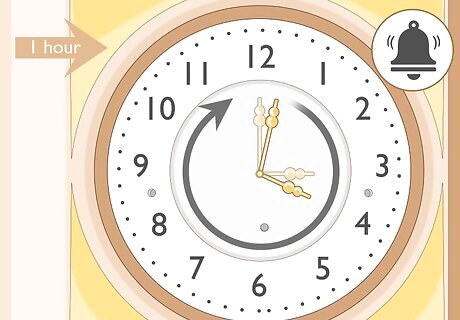
Move the minute hand clockwise if the clock is a few minutes off. If your clock is only off by anywhere from a few minutes to an hour, it will be faster to move the minute hand in a clockwise direction. Wait at each quarter hour for the melody to finish playing before you continue to move the minute hand. Winding the minute hand 1 full rotation clockwise will set the clock forward by 1 hour. You will hear a click when the minute hand reaches each quarter hour before the melody plays. Do not force the minute hand forward when you hear the click.
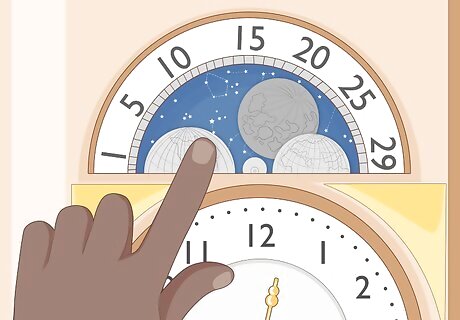
Set the day count and moon phase if the clock has them. Use one finger to gently rotate the date or moon phase discs until they show the correct information. Don't force the disks. If they seem to be catching another mechanism, wait 2 hours and then try again. For months following those with less than 31 days, you will need to manually reset the date on the 1st. You should never need to reset the phase of the moon if you keep your clock wound.
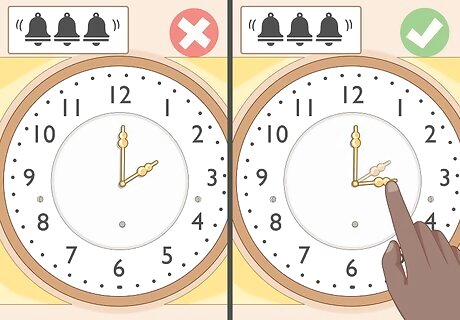
Move the hour hand if the chimes are wrong. If you notice that the hour hand is showing one time but the number of chimes is indicating another, move the hour hand so that it matches the number of chimes you hear. Then set the time on the clock by rotating the minute hand, making sure you don't accidentally move the hour hand. For example, if you hear 3 chimes but the clock says it is 2:00, move the hour hand to the 3. Then set the clock to the correct time.

Wind the clock weekly, or as often as necessary. You should wind your clock at least once a week to keep the time correct. If you notice the time starting to slow down before the week is over, you may have to wind your clock more frequently.
Starting the Pendulum
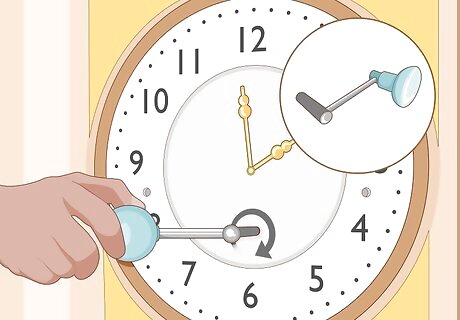
Wind your clock and start the pendulum. In order to wind your clock, determine if your clock is crank-wound or chain-wound. Look at the face of your clock. If there are 1-3 small holes, these are winding points for a crank. Insert the crank and wind either clockwise or counterclockwise, whichever feels most smooth. If there are no winding points, look for chains next to the hanging weights. Pull the chains until the weights are at the top of the case. Then, gently move the pendulum to one side and release it, letting it naturally find its own rhythm. Keep an eye on your clock over the next day to make sure the time is still right and the pendulum is still swinging.
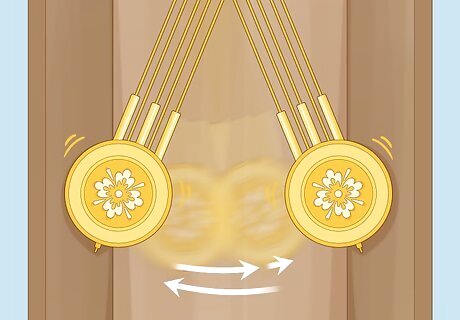
Listen for an uneven beat of the pendulum. When set correctly, the pendulum should swing from one side to the other evenly, with no pauses. If you hear a pause on one side, you may need to adjust the pendulum.
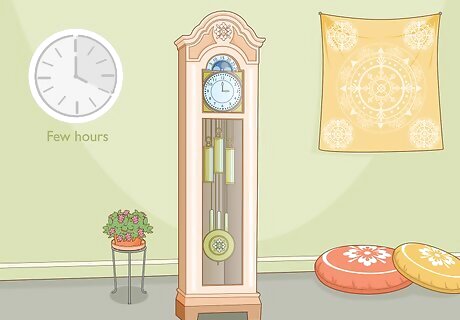
Give your clock a few hours to self-adjust. If you recently set up your grandfather clock, it may need an hour or two for the mechanism to adjust. Check on your clock after about two hours to see if the issue has resolved. Check the clock again in about a day to make sure everything is running smoothly and the clock isn't gaining or losing any time.
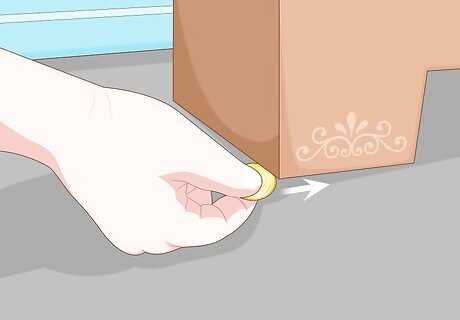
Move the base of the clock until you hear an even beat. Gently and slightly move your grandfather clock by holding the base of the clock with two hands. Often a difference of a few millimeters will level your clock and even out the beat of the pendulum. If you have trouble adjusting your clock so that it is level, try placing something thin, like a penny, under 1 or 2 of the feet.
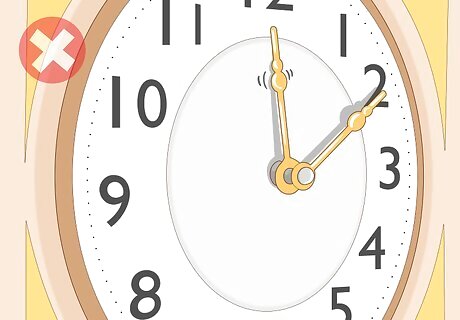
Make sure the hands aren't touching each other or the face of the clock. The hands of your clock should not touch anything, or they will stop the clock. If they are touching something, hold the hand of the clock with two fingers near the center. Use your other hand or a needle-nose plier to gently pull it away from whatever it is touching.
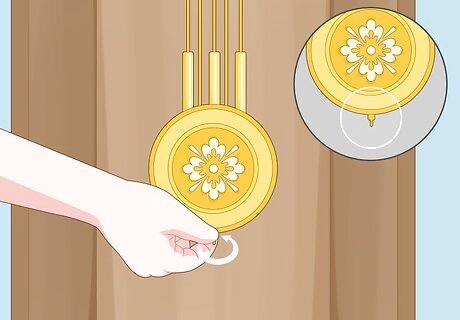
Tighten or loosen the pendulum if the clock is gaining or losing time. At the bottom of the pendulum is a bob with a small nut underneath. Turn the nut to the right very slightly to speed up the clock. Turn the nut to the left to slow the clock down. Make very small adjustments and wait about a day to see if the problem is fixed. If not, make another slight adjustment.














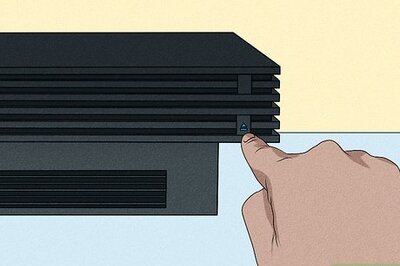



Comments
0 comment